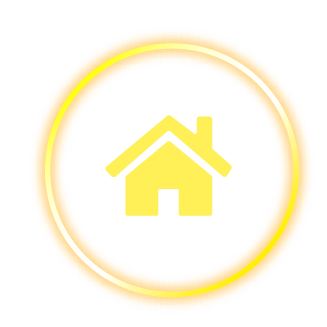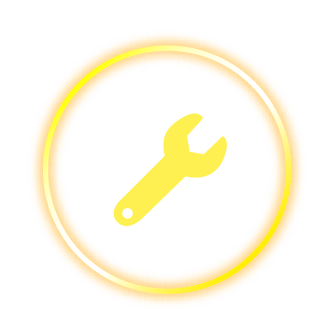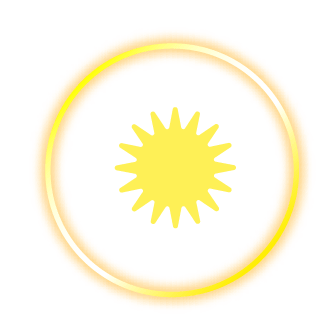Each and every one of us depends on electricity to smoothly move through our day. Our cell phones, laptops and countless other appliances run on electric power. Our need for electricity is overwhelmingly apparent and especially realized when something goes wrong – which is most likely when you give us a call!
You know you need electricity, but do you know what it really is or how it’s produced? Join Titan Electrical as we get back-to-basics and take a closer look at the electricity that powers our lives.
What is Electricity?
Before delving into how electricity is produced, let’s begin with a little “Electricity 101.” To put it simply, electricity is the flow of electrons from one place to another, more specifically flowing around a circuit.
You can probably think back to your high school science class (with either fondness or disgust – there’s not much in between!) where you learned about atoms, or the “building blocks of life.” Electrons are negatively charged subatomic particles. If one of these electrons is freed from an atom and forced to move, electricity is produced.
The outermost electrons, or valence electrons, require the least amount of force to be freed from an atom. When free electrons find new atoms to latch onto, they “kick out” an existing electron and the process begins all over again, producing an electric current.
Elements like copper, silver and gold have very mobile electrons, which means these elements are great conductors of electricity. This knowledge plays a significant role in how our electric power is produced!
How is it produced?
In order for you to flip a switch or press an “on” button, electricity is working hard behind the scenes. Let’s explore the journey electricity takes from the power plant to you.
Electricity begins with one of the three main types of fuel: fossil fuel (like coal, oil and natural gas), nuclear power and renewable alternatives (like wind, solar and hydropower). This fuel creates steam or fluid that moves a turbine, which turns a magnet in a generator. This movement causes those electrons to move, which produces electricity!
It doesn’t stop there, though – this electric current still has a long way to travel to get to you. Once the generator produces electric current, it’s transported through thick wires to transformers, which amplify the voltage. This high-voltage electricity is carried to the power grid. Once at the power grid, electricity is moved to different substations, which reduce the voltage for use in large settings like factories.
For electricity to actually make it to you, it’s distributed to local transformers through power lines, which are either buried or mounted. These local transformers further reduce voltage so you’re receiving electricity safely. When it finally arrives in your home and you flip that switch or press that “on” button, you’ve completed the circuit and electricity will flow.
There you have it! Now that you’re well equipped with the basics on electricity and how it gets to you, you’re ready to tackle any electrical question that comes your way – which might come in handy for your kids’ high school science project!
Need a little electrical reinforcement? A friendly technician at Titan Electrical is ready to help. Give us a call today!





